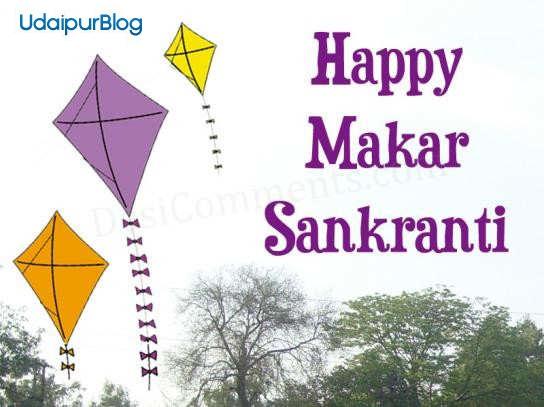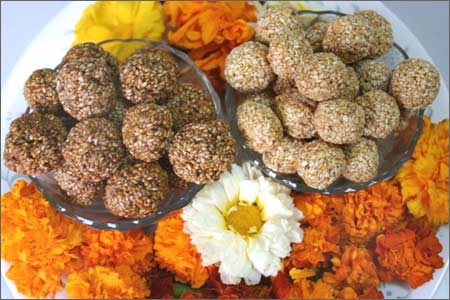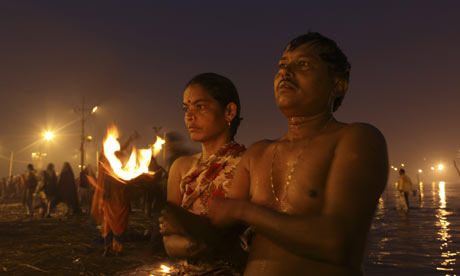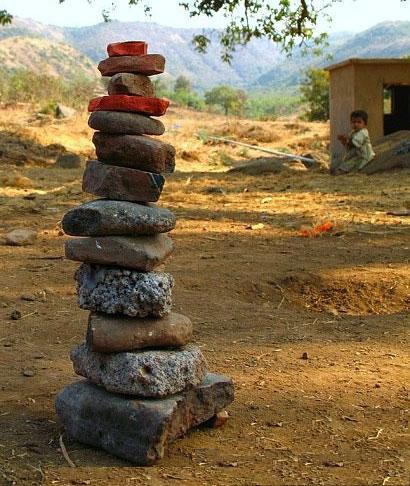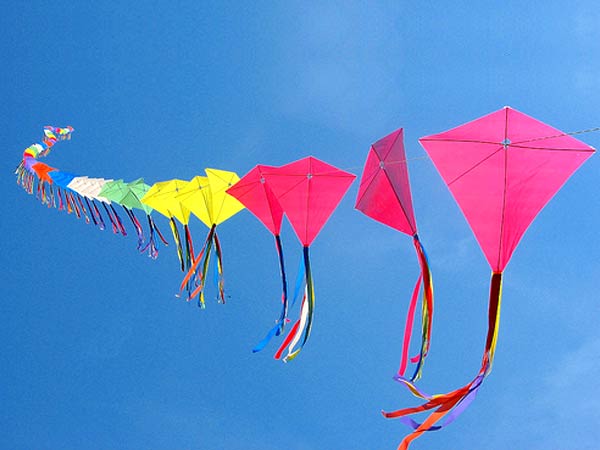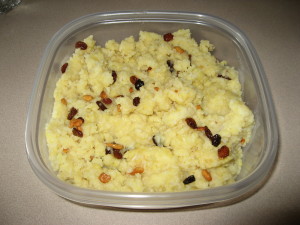Makar Sankranthi, or Sankranti is a popular Indian festival. It is celebrated in many parts of the country and also in some other parts of the world with great zeal and enthusiasm. It is a harvest festival which is basically celebrated in the Hindu communities. In Indian, the states of Bihar, Bengal, Punjab, Maharashtra, Gujarat, Rajasthan and Tamil Nadu celebrate the festival with great fervor and gusto.In Tamil Nadu the festival is known as Pongal, in Assam as Bhogali Bihu, in Punjab, as Lohiri, in Gujarat and Rajasthan, as Uttarayana.
The festival of Makar Sankranti marks the day when the sun begins its northward journey as scientifically said that around December 21-22 is the shortest day of the year. After that the day span usually gets longer. Hence, Winter Solstice actually begins around this date when the tropical sun moves into the Makar rashi or Capricorn zodiac sign and enters the sign of Makar (the Capricorn) from the Tropic of Cancer. It is like the movement of sun from Dakshinayana (south) to Uttarayana (north) hemisphere.This day falls on the 14th of January every year according to the Hindu Solar Calendar. The festival is considered to be a day from where onwards all the auspicious and ritualistic ceremonies can be solemnized in any Hindu family.This is thus considered as the holy phase of transition.
Makar Sankranti holds special significance in the solar calendar as on this day, the duration of the day and night remains equal. There are several important legends and myths associated with the origin of Makar Sankranti. The special significance of this day was recognized even by the Aryans and they largely celebrated the festival of Makar Sankranti. Warrior-hero Bhishma Pitamah even after being offended in the Mahabharata war lingered on till Uttarayana set in. Death on this day is set to bring Moksha or recovery for the deceased.
Since the festival is celebrated in the mid winter, the food prepared for this festival are such that they keep the body warm and give high energy. Laddu of til made with Jaggery (Gul)is specialty of the festival.
Makar Sankranti is celebrated all across the country with great zeal, vigor and fervor. India being such a diverse country, all states celebrate this festival in their own individual style, tradition and culture.For the people in the Indo Gangetic plain, the day begins with taking dips in the Ganga and offering water to the Sun God. The dip is said to purify the self and bestow punya. Special puja is offered as a thanksgiving for good harvest. According to folklore, girls who take the holy dip get handsome husbands and boys get beautiful brides.
While in the Western part of the country like in Gujarat and Rajasthan (including Udaipur) people offer prayers to the Sun God. They do this by flying beautiful kites.While in mewar junction of Rajasthan (including Udaipur) people also play Sitoliya (a game with 7 marble pieces and a ball). Although Kite flying festivals are organized throughout the country it takes place mostly in western India.
In rural places, cock fight is organised by the people. The villagers make merry by eating the cock which loses the competition.On this day, Saraswati, Goddess of Knowledge, is also paid respect.In South India, Makar Sankranti is a four-day long festival, each day signifying something important.People decorate their houses with mango leaves. Sesame sweets are prepared as a part of the festive feast.A dish made of rice called “Pongal” is relished on Sankranthi. This is the main delicacy of the festival in the south.
The festival of Makar Sankranti ties up states as flowers into a scared thread of joy and affection. Just like tying up many color flowers to one thread to increase its beauty. This festival also increases the dignity of nation by tying the states together so wish you all have a bombastic and joyfull Makar Sankranti.
Udaipurblog Team wishes you all a Very Happy Makar Sankranti !!!
